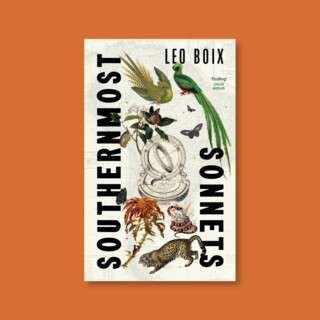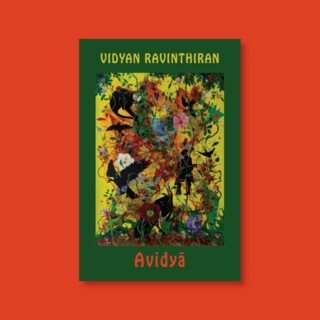The Trouble with Women
Posted by Jacky Fleming

We're celebrating women graphic novelists at the Bookshop in March. Here, Jacky Fleming gives us some insight into the ideas behind her latest, The Trouble with Women.
How do you draw the moment when a woman thinks, ‘Enough. I have had it up to HERE! From tomorrow I change my name, and dress as a man’? That’s the pleasure of drawing a book – transforming a thought into a visual image. I chose to draw three women in a haberdashery shop, all choosing ribbons, but in the process of deciding whether life would be better as a man. Behind each of them is a huge bustle, like the backside of a pantomime horse. It’s one of my favourite images in the book. Every woman in history who chose to dress as a man in order to study or work, like Margaret Bulkley, our first female surgeon, must have had one of those moments.
John Glashan said, ‘Humour is seriousness in disguise’. In my teens I tore his full page ‘Genius’ strips out of the magazine they featured in, and kept a pile of them. I thought he was a genius. It was something about the timing – absorbing the drawing... reading the inky handwriting... looking at the drawing again... then the moment when it all coalesces into something hilarious.
The Trouble with Women is a satire about the variety of obstacles which result in women’s achievements vanishing into obscurity, not least the Dustbin of History itself, which features prominently. It’s also a book about how power is constructed, maintained and naturalised – how the privileges of Grayson Perry’s Default Man remain intact regardless of feminist waves. I witnessed the last feminist wave being dismantled and discredited. The recurring magnifying glass is a clue about whose eyes we are looking through, who defines what we think, what we learn about in school, and what passes for normal. Watch out for the moment it changes hands.
‘Suffragettes’ may have made it onto the curriculum (why does that word always sound like Blair’s Babes?), but not the women who made it their mission to provide us with a birth control pill, and succeeded. If I’d learned about them at school I’d have paid more attention.
As if to prove the point, the organisers of the Angouleme Comics Festival explained the total absence of any women from this year’s Grand Prix shortlist, by saying they couldn’t change the history of comics, thereby wiping out the history of women in comics.
The book describes the past to make the present less puzzling.
It isn’t chronological, but makes connections via other themes, such as applause (women), genius hair (men), domestic clutter (kept under women’s skirts), beards (mostly men), bicycles (mobility and freedom), clothes (fabricated femininity and encumbrance) – so it has structure of a different kind. I look at Theodore Zeldin’s contents pages to An Intimate History of Humanity for inspiration on unlikely themes. Corsets are not just a metaphor for constructed gender difference – trying to adapt women’s bodies to look more ‘naturally feminine’ (a goal we are still pursuing), but for the gall of ‘experts’ who claimed it was higher education damaging women’s bodies. And bicycles.
The Trouble with Women is a romp through patriarchy, with the aim of making you laugh uncontrollably in an angry sort of way, so that trolling doesn’t come as such a shock to each new generation of feminists. The history of keeping women invisible, unless they’re sexually entertaining, is a long one, Gender inequality would look more like the travesty it is, if we grew up knowing what women have done with our brains as well as our bodies. Which is why we don’t.




